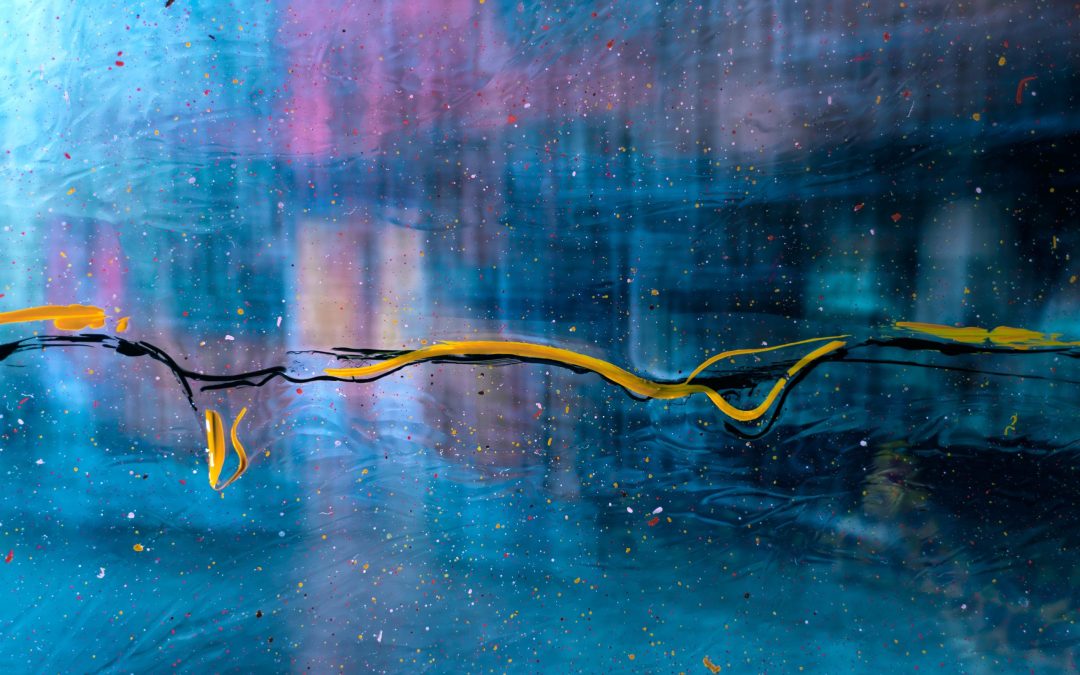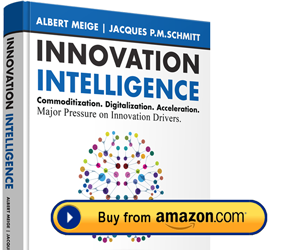This article is the fourth in a series about commoditization, after Product complexity’s focus on service.

Products and services are becoming increasingly complex assemblies. Low-tech products, high-tech products, and services are combined and blended to create the most attractive package. The objective of the game is to find the best compromise between customers’ aversion to effort and cost and customers’ desire for personalization. Although customers appreciate the performance and breadth of service resulting from complexity, they do not want to have to struggle with complexity when using the product.
Finally, designing a new product is a combinatorial problem of how to select the appropriate technology “bricks” and combine them to provide an innovative service package that addresses customers’ needs and desires. In this combinatorial exercise, the most critical step is not a technical one, because the bricks are in the grand catalog and come with the required technology. The most critical step is selecting, from the countless combinations, the best offering from the perspective of a customer so that the offering addresses the customer’s basic and ancillary needs and desires while being simple to use. The creativity is in the act of selecting the right bricks and binding them to perform the desired service.
We believe that, surprisingly, in the current world of complexity, the brightest act of creative innovation is much closer to artistic skill than to technological engineering. Let’s consider poetry, for example. Poetry is simply the assembly of words in order to convey emotion. Words are just small bricks of knowledge with definitions; the value of a poem is in the combination of words.
In this art of performing innovation, there are rules and guidelines to be respected, the most important ones related to customer satisfaction and profitability. The winning innovation offers the most elegant combination of bricks, seemingly simple, almost obvious (after you have seen it), and as elegant as flowers arranged according to Ikebana. Steve Jobs can be described as an art designer, and, according to many Apple customers, it showed in his products.
***
This article was initially published in the book Innovation Intelligence (2015). It is the second section of the fourth chapter.



